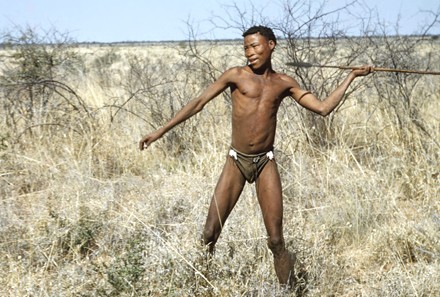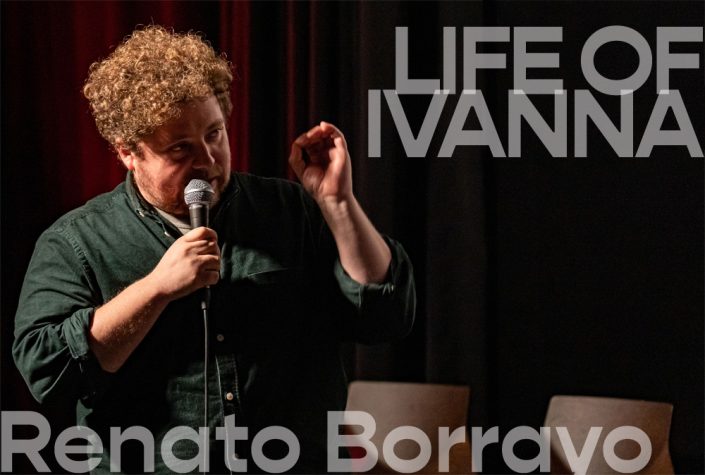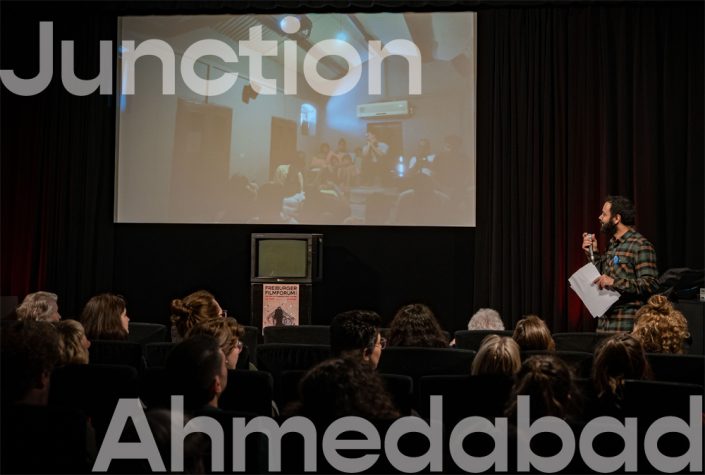John Marshall ‐ The !Kung Project
Bitter Roots
Great Britain, Namibia 2010 | 71 Min. | OmeU
 BITTER ROOTS is set in Nyae-Nyae, a region of Namibia located in southern Africa’s Kalahari desert, traditional home of the Ju/‘hoansi. It updates the ethnographic film record begun in the … read more
BITTER ROOTS is set in Nyae-Nyae, a region of Namibia located in southern Africa’s Kalahari desert, traditional home of the Ju/‘hoansi. It updates the ethnographic film record begun in the … read more
The Hunters
Namibia, USA | 57 Min. | OmeU

THE HUNTERS, an early classic in anthropological film, follows the hunt of a giraffe by four men over a five-day period. The film was shot in 1952-53 on the third joint Smithsonian-Harvard Peabody sponsored Marshall family expedition to Africa to study Ju/‘hoansi, one of the few surviving groups that lived by hunting – gathering. The hunt is portrayed in a montage of different hunting scenes captured on film. Although these took place at different times and in different places, overall the sequence reflects the real conditions. The film is an homage to hunting, despite the fact that 80% of the !Kungs’ diet consisted of plants gathered by the women and men. The killed animals were not only a source of much-needed protein; they also provided clothing, sinews, bags, and trade goods. The film does not correct the false belief that the Ju/‘hoansi territory was defined by hunting when in fact it was defined by reliable sources of water and edible plants.









